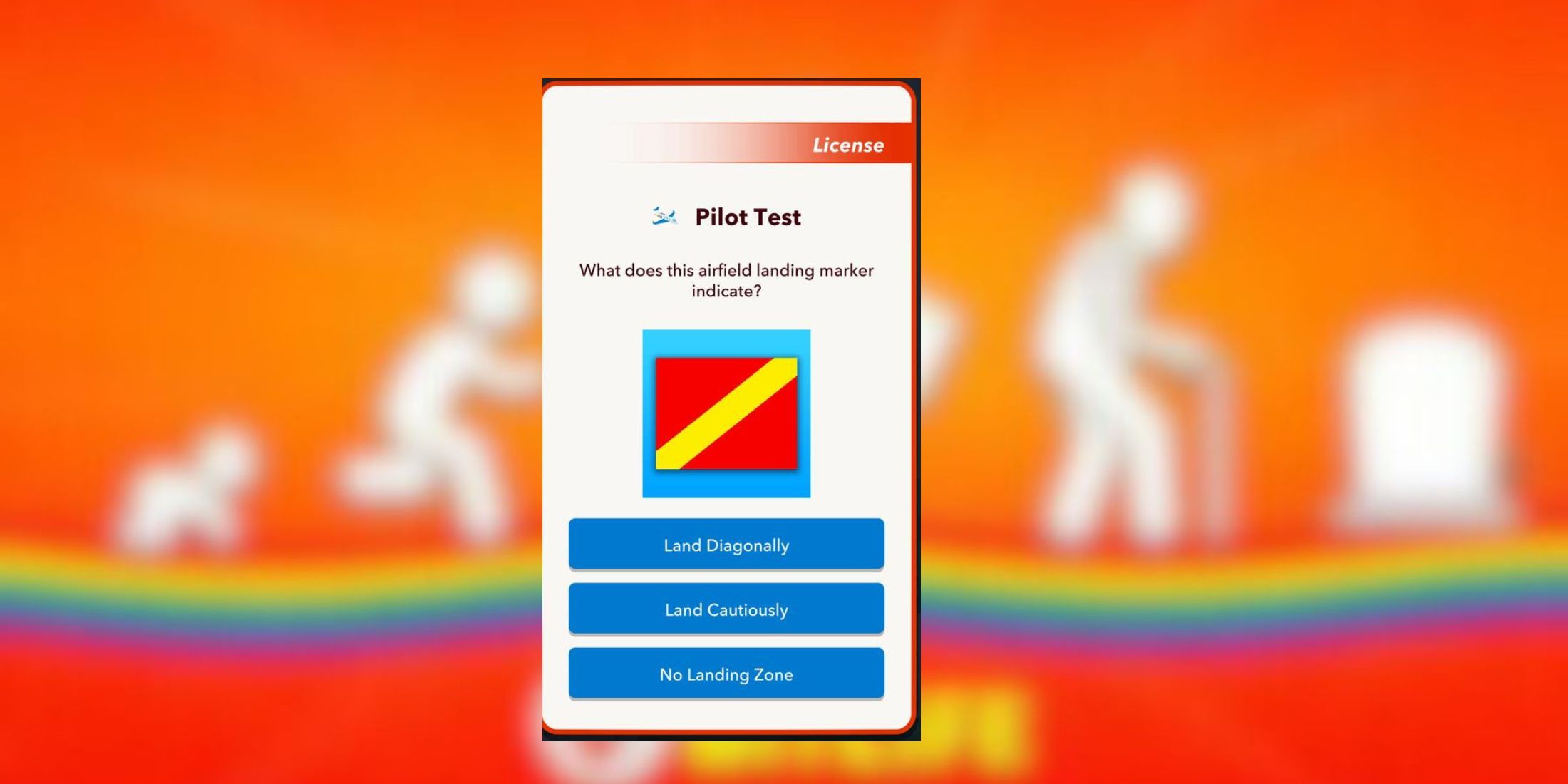Understanding "Land Cautiously" Signage
A "Land Cautiously" sign serves as a critical visual communication tool, primarily in environments where aircraft or other vehicles perform landing operations. Its fundamental purpose is to alert pilots or operators to potential hazards, specific conditions, or required procedures that necessitate a more careful and deliberate landing approach.
Purpose and Significance
The primary objectives of such signage are to enhance safety and prevent incidents. They convey vital information that might not be immediately apparent from a distance or through other communication channels. Key significances include:
- Hazard Indication: Alerting to obstacles, uneven terrain, wildlife activity, or temporary obstructions near or on the landing area.
- Procedural Guidance: Reinforcing specific landing protocols for a particular location, such as recommended approach paths, speed restrictions, preferred touchdown zones, or noise abatement procedures.
- Condition Awareness: Informing about prevailing or frequent conditions like strong crosswinds, turbulence, potential for ground instability (e.g., soft ground after rain), or other environmental factors demanding extra vigilance.
- Regulatory Compliance: In some instances, these signs are part of mandated safety measures for licensed airfields, private airstrips, or specialized operational zones.
Common Elements of "Land Cautiously" Signs
While designs can vary based on regulatory standards and specific needs, effective "Land Cautiously" signs often incorporate several key elements to ensure clarity and immediate comprehension:

- Clear Text: The direct phrase "LAND CAUTIOUSLY" or similar explicit wording (e.g., "CAUTION: LANDING AREA," "APPROACH WITH CAUTION," "UNPREPARED SURFACE").
- High Visibility: Use of conspicuous, contrasting colors (commonly yellow/black, white/red, or orange/black), appropriately large font sizes, and often retroreflective materials for optimal legibility during day, night, and low-visibility conditions.
- Symbolism (Optional but Recommended): Standardized aviation or safety symbols might supplement text to convey specific warnings quickly (e.g., windsock symbol for wind awareness, uneven surface symbol, or symbols indicating wildlife).
- Strategic Placement: Positioned prominently at approaches to landing zones, near critical decision points for pilots, or at entry points to areas where caution is paramount. The sign should be visible early enough for an operator to react appropriately.
- Conciseness: Information is presented succinctly to be understood at a glance, crucial for operators managing complex tasks like landing an aircraft.
Contexts of Use
These signs are most commonly encountered in, but not limited to, the following environments:
- General Aviation Airfields and Private Airstrips: Particularly where formal air traffic control services are limited or non-existent, and pilots rely heavily on visual cues and posted information.
- Helipads: Including those at hospitals, remote industrial sites, offshore platforms, or urban environments where precision landing is critical and surrounding obstacles may exist.
- Temporary or Austere Landing Zones: Used for emergency services, military operations, special events, or in remote field operations where the landing surface may not be ideal.
- Areas with Known Intermittent Hazards: Locations near power lines, areas prone to variable wind conditions, frequent animal crossings, or seasonal ground condition changes.
- Designated Drone Operation and Recovery Zones: With the rise of UAV (Unmanned Aerial Vehicle) operations, designated areas may employ similar cautionary signage to ensure safe recovery and alert other personnel.
Ensuring Sign Effectiveness
For a "Land Cautiously" sign to effectively fulfill its safety role, several factors are crucial:
- Regular Maintenance: Signs must be kept clean, legible, and in good structural condition. Faded, damaged, or obstructed signs lose their impact and can become hazards themselves.
- Adherence to Standards: Where applicable, compliance with recognized national or international aviation or safety sign standards (e.g., ICAO, FAA, local CAA guidelines) improves universal understanding and predictability.
- Relevance and Accuracy: The caution conveyed must be pertinent to current or likely conditions. Overuse of generic warnings or outdated information can lead to "sign blindness" or complacency.
- Integration with Broader Safety Systems: Signage should complement other safety measures, such as pilot briefings (NOTAMs), airfield information publications, operational procedures, and ongoing training, rather than being a standalone solution.
In summary, a "Land Cautiously" sign is more than just an advisory; it is an integral component of a proactive safety management system. Its effective design, placement, and maintenance are paramount to mitigating risks associated with landing operations by ensuring operators are well-informed and exercise the necessary degree of prudence.










